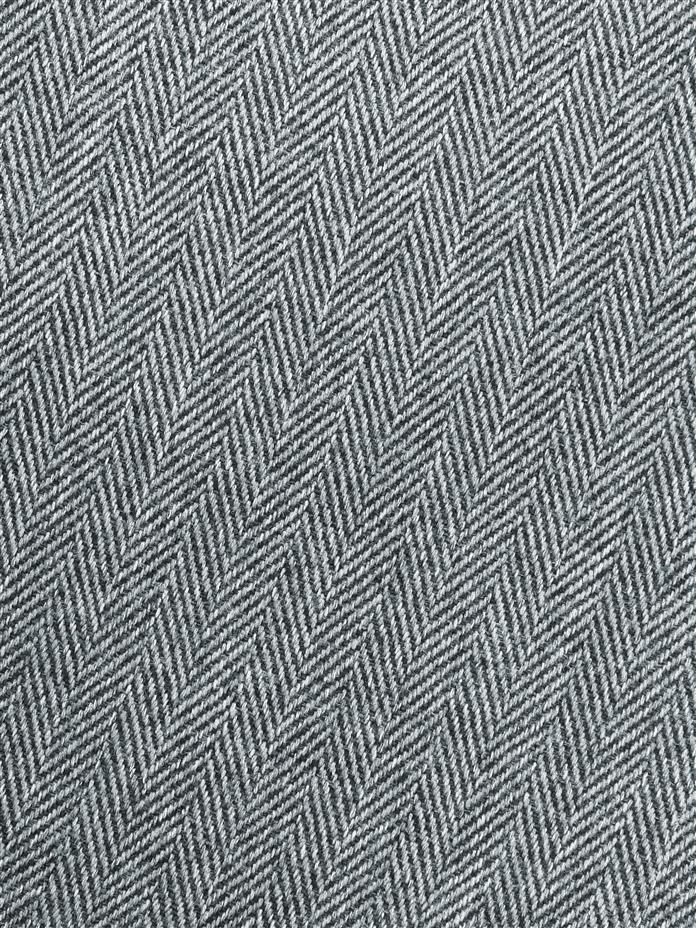
Tap to Read ➤
Safflower Oil for Skin
Marian K


Use of safflower oil for skin and hair treatment is gaining popularity and it is claimed that it even helps with acne. Read the following story to know the ways in which it may be used.

Safflower oil is extracted from the safflower plant, which is anywhere between 30 to 150 cm tall, with brilliant red, yellow, or orange flowers that bloom in July. In earlier times, the plant was grown for its seeds, which were used in medicines, for coloring and flavoring foods, and to make red (carthamin) and yellow dyes.

However, for the last half century or so, the crop has been cultivated mostly to make vegetable oil from its seeds, which has almost the same nutritional value as sunflower oil and is without flavor or color.

While it is used primarily for cooking, it is also used in salad dressings, as well as in the production of margarine. Some people use it for the skin, and also as a nutritional supplement. Two different kinds of oils are produced from two types of safflower. One is high in monounsaturated fatty acid (oleic acid), while the other is high in polyunsaturated fatty acid (linoleic acid). The former is used more commonly.

Benefits for the Skin
- In recent times, there have been many people who have extolled the values of safflower oil. It is used for dry skin, as it is said to help maintain elasticity in the skin and is said to be specially beneficial for sensitive skin.

- If you decide to try the oil instead of a moisturizer, but aren't happy that it is odorless, you could mix it with a very small amount of almond oil.
- Cold pressed, organic safflower oil is proclaimed to be wondrous for some skin problems, particularly acne.

- As it a good natural source of omega-6, it is less likely to form lumps or stick together. This tendency is owing to the fact that the molecules repel each other, thus making it more disposed to disperse and stay fluid.

- What all of this adds up to, is that if the oil is rich in omega-6, it is more likely to find its way out of the pores than clog them along with skin cells and hair. In fact, it may even assist in dissolving existing blockages. This helps in dealing with the root cause of acne and goes a long way in preventing outbreaks.

- For treating acne, cold pressed safflower oil must be consumed raw. The recommended dosage is approximately 1 dessertspoon (dsp) a day, for an adult, and 1 tsp for a child. Be careful not to cook cold pressed safflower oil or add it to piping hot food.

- Another way to use it, for it to be absorbed by the body, is for it to be emulsified and eaten with food. Here are some recipes, which contain safflower oil, which you can use.

Smoothie
Ingredients
- ½ a glass of soy milk or skimmed milk
- 1 dsp of safflower oil (1 tsp for children)
- ½ a glass of apple or pineapple juice
- A pinch of brewer's yeast
- 1 banana
- Honey to taste

Instructions
Add all these ingredients in a blender, and whirl till you have a smooth drink. Add crushed ice for a chilled smoothie.
Add all these ingredients in a blender, and whirl till you have a smooth drink. Add crushed ice for a chilled smoothie.

Dressing
Ingredients
- Equal portions of cold pressed safflower oil and apple cider vinegar
- Pinch of oregano
- Honey, lemon and garlic

Instructions
Mix all the ingredients together, and use it as a dressing for salads, pasta, cooked vegetables, or even to add a zing to tomato juice.
Mix all the ingredients together, and use it as a dressing for salads, pasta, cooked vegetables, or even to add a zing to tomato juice.

While consuming safflower oil, one is also advised to increase their intake of B Complex foods (green leafy vegetables, nuts and whole grains), which is said to aid in the correct absorption of the oil. It will also help to regulate the skin's natural oil flow.

Be careful to purchase safflower oil stored in a brown glass bottle and refrigerate it after opening, as it is supposed to be very sensitive to heat and light. Use it for natural skin care with caution, as there is a lack of scientific evidence supporting the effectiveness of safflower oil for skin or hair treatment.

Disclaimer: This story is for informative purposes only, and should not be used as a replacement for expert medical advice.